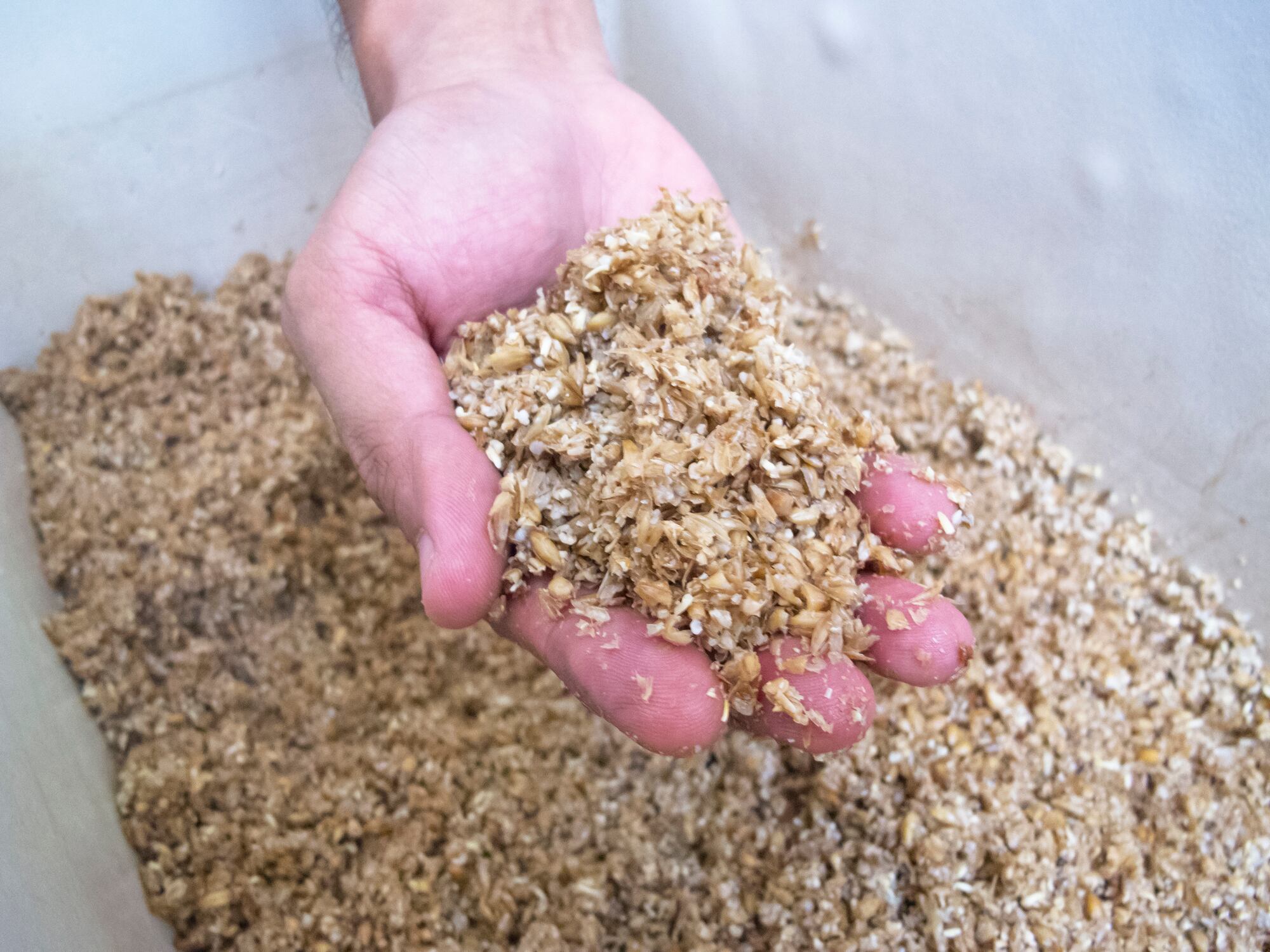Data published in the European Journal of Nutrition also indicated that the arabinoxylan also led to increases in levels of the short chain fatty acids (SCFAs) acetate and propionate.
“The extraction of AX [arabinoxylan] from BSG [Brewers’ spent grain] can yield a functional fiber with potential prebiotic properties similar to AX from other cereals,” wrote scientists from University College Cork in Ireland and from AB InBev’s Global Innovation and Technology Centre in Belgium
The study is among the first to report such findings and more research is necessary to understand the impacts of concentration of the fiber and its molecular characteristics.
“A future challenge will be the scale up of the process that enables the large-scale extraction of AX from BSG that demonstrates the desired physicochemical characteristics,” they added.
Upcycling
Despite the challenges around scaling up of the process, raw material supply is not an issue since Brewers’ spent grain is the brewing industry’s largest by-product. The byproduct is typically used for animal feed, but the actual demand from farms is outweighed by the supply from the brewing industry, leading to surplus of the byproduct.
BSG is characterized as containing approximately 30-50% non-starch polysaccharides (ie. fiber), and so the researchers explored the potential to extract prebiotics from this waste stream.
Prebiotics are defined as: “A substrate that is selectively utilized by host microorganisms conferring a health benefit” (International Scientific Association for Probiotics and Prebiotics (ISAPP): 2017, Nature Reviews Gastroenterology & Hepatology)
Study details
In order to access the fiber, which is trapped with the complex lignocellulosic cell structure, the waste must first be processed to release the fiber by solubilization. In other words,
The researchers explained: “The AX extraction was performed based on a patented simultaneous saccharification and fermentation process. The time point of addition of the main xylanase enzyme (β-glucanase/pentosanase) was varied with the objective of (1) promoting AX solubility (water-extractable AX) and (2) modulating the physicochemical characteristics of the extracted AX”.
By playing with the variables, the scientists obtained six different AX samples. These were compared to an untreated sample and also to a commercially available arabinoxylan called Naxus by BioActor.
The results showed that the maximum achieved solubilization of arabinoxylan was approximately 21%, and this could be concentrated to produce a sample containing 99% soluble AX, said the researchers.
When tested in a model simulation (Infogest) of the human GI tract, which includes Simulated Salivary Fluid (SSF), Simulated Gastric Fluid (SGF), and Simulated Intestinal Fluid (SIF), the researchers found that many of the samples led to increased Lactobacillus levels, while the sample with the highest soluble AX levels was found promote the growth of Bifidobacteria approximately 3.5-fold, which was comparable to Naxus. This sample was also associated with significant increases in the production of acetate and propionate, said the researchers.
“The findings indicate that AX extracted from BSG has prebiotic potential,” they wrote. “The demonstration that BSG is a source of functional fiber is a promising step towards the application of this brewing side-stream as a functional food ingredient for human nutrition.”
Source: European Journal of Nutrition
Volume 60, Pages 4393–4411 doi: 10.1007/s00394-021-02570-8
“Extraction and characterisation of arabinoxylan from brewers spent grain and investigation of microbiome modulation potential”
Authors: K.M. Lynch, et al.


